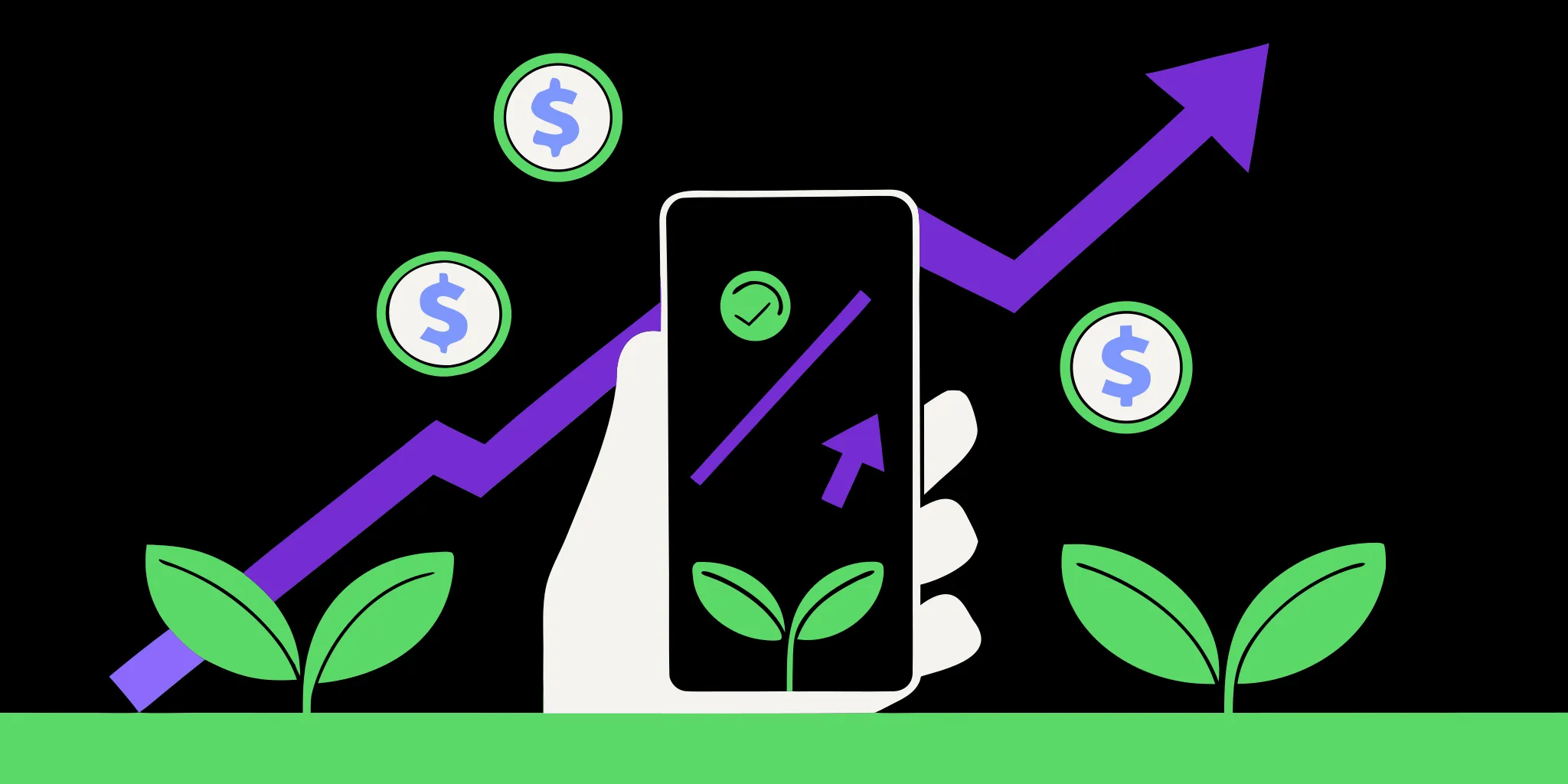
Nonprofit revenue from Facebook fundraisers will continue to grow this year. The question is, will your nonprofit benefit or will you be left behind?
2018 was an interesting year - for the first time we were able to get in-depth statistics on how Facebook's fundraising tools are being received by its users. From those statistics we can extrapolate how nonprofits can be better at leveraging Facebook's tools. Here are five things you can do to help increase your nonprofit's revenue from Facebook fundraisers:
Don't Click Out
Some nonprofits aren't crazy about Facebook's fundraiser's back end - it's difficult to get user data, thank donors, and generally control the narrative. As a result of their frustration they link their Facebook Donate button to their nonprofit's homepage. However, when users click out of Facebook the chance that they'll donate to your nonprofit drops astronomically. Donating to a Facebook fundraiser is a two-click process if users stay in the platform - it's fast and easy. When users leave Facebook, they have to fill out an entire form, including their credit card number in order to donate. Chances are, they'll click away.
Create a Hardworking Cover Photo
Even if you're a small nonprofit, invest some time and effort in your cover photo. After all, this is your first impression and the first thing that potential donors will see when they check out your page. Some great examples of impactful cover photos are Wounded Warrior Project, No Kid Hungry, and ASPCA.
Your cover photo should visually tell the story of your mission, which isn't an easy thing to do. It's worth time brainstorming, having a professional photo created (or at least buying a high-quality stock photo), and having a graphic designer help if you don't have the resources in-house.
Write a Motivating About Statement
Your About statement on Facebook is what will automatically populate in the text when someone creates a fundraiser for you (they can change it, but most don't). Make it short and motivating. To illustrate, here are some good and bad examples for our pretend nonprofit, Mr. Bone's Dog Rescue:
Bad examples:
"For more information about our programs and services, please visit our website."
Don't ask people to click out, you'll lose them.
"Mr. Bone's Dog Rescue provides a comprehensive approach to canine well-being. We offer programs and services that help elderly dogs find new homes and get the training they need to become good canine citizens."
Use small words. Get to the point. Don't bore people.
"Mr. Bone's Dog Rescue does not allow the promotion of commercial products or services by visitors to our page."
Don't use negative statements. This isn't the place for legal disclaimers.
"Mr. Bone's Dog Rescue was founded in 1887 by Ezra Deschamps, a French immigrant who had to leave his beloved Mr. Bones in Paris when he fled the country, landing in Pennsylvania. By 1902 Mr. Bone's Dog Rescue had relocated to the Cathedral Hill neighborhood in Minnesota where Deschamps and his rescue canines barely endured the bitter winters. A massive blizzard finally forced Deschamps and his orphaned hounds to relocate to Sugarloaf Key, Florida, where it is still in operation today. Sadly, Ezra Deschamps fell off the brand new Overseas Highway in 1928 and was lost at sea."
Don't tell the history of your organization here. Even if it's colorful.
Good examples:
"Like our page and help abused and abandoned dogs find their furever homes."
"We rely on dog lovers like you to help raise money for furry friends in need."
"A dog rescue working to find senior dogs loving homes. Together, we can save them."
Create Campaigns
You don't have to wait for people to start fundraisers for you. Start your own campaigns, especially if you can illustrate a specific goal for the funds.
"Some of our rescues have never had a soft, warm bed. $1800 will help us buy 10 new cozy beds for senior dogs. Help us reach our goal and help our fur friends rest easy."
Develop Giving Tuesday Strategy Early
In 2018 Facebook users donated $125 million to nonprofits through Facebook fundraisers. The most successful organizations had a strategy in place weeks or months before the event. Read some tips for creating a strategy here, and read 2018 lessons learned here.
What did we learn from 2018? A big difference between nonprofits benefiting from Facebook fundraisers and those who aren't is attention to detail and audience, and creating a strategy.


















